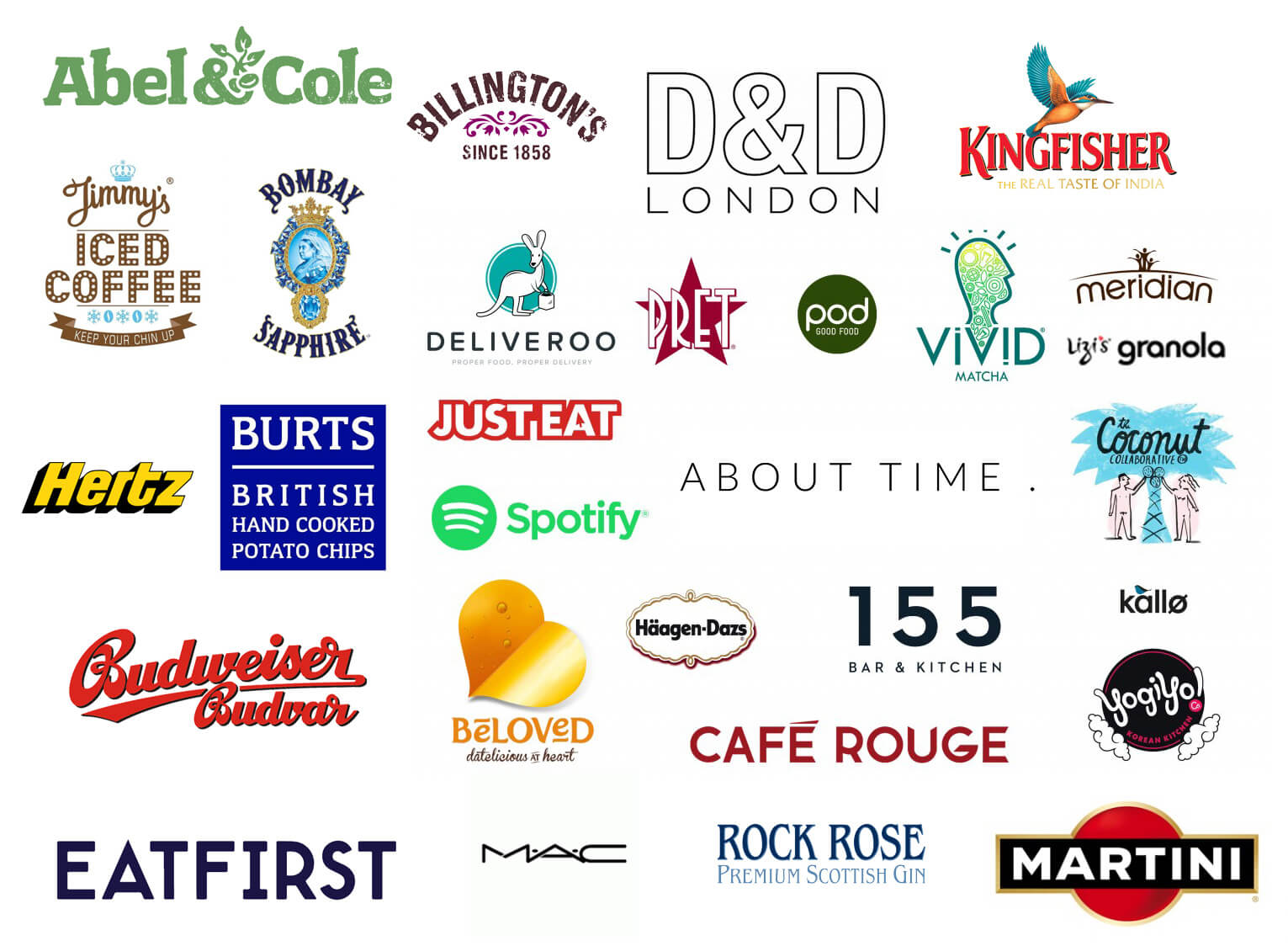Food and wine pairing with Bordeaux WinesBy Angelica Malin
The Bordeaux wine is the most complex and sophisticated globally. It is also less easy to match with food. It goes well only with grilled or roasted meat. Bordeaux wines are characterised by marked tannins, appealing, especially when the wine is young.

Combining food and wine for beginners
The criteria for combining food and wine are numerous and, over the years, have undergone significant variations. Experts advise making pairings based on principles of assonance or contrast of flavours between food and wine. In the past, there was a preference for the concordance of flavours.
Still, today many subscribe to the formula of combining foods and wines by contrast: For example, it is often suggested to pair foods with an astringent taste with a soft wine to attenuate the acidity of the food.
On the contrary, fatty foods require combinations with acidic wines to restore a feeling of balance in the taste buds.
Eventually, it would be best to move past the classic rules that want red wines with meat, white wines with fish, and the bubbles for the holidays. There are no absolute laws on this thing except that certain wines only go well with a specific recipe.
You will discover that there is a fundamental rule in the end: the right combination is what you like and whatever pleases whoever is sharing the pleasure of drinking with you.
How to identify the flavour of a food
When deciding what wines to pair with a meal, it is essential to distinguish the flavor characteristics of the food. Dishes have different flavours such as sweet, spicy, bitter, sour, salty, to name a few.
How to identify the flavour and structure of a wine
There are components and main characteristics to wine as well. Food and wine should be paired to enhance or minimize these predominant flavours once the dominant flavours have been established.
Suggestion for pairing
Combinations should always aim for a certain level of balance. Light wines are generally paired with delicate dishes, while important wines are typically paired with solid and decisive flavors.
Importance of the right wine
Every time you eat the same food, you receive fewer and fewer signals from the taste buds to the brain, so you are less likely to appreciate it. So that each bite is as good as the last, it is essential to pair the right wine with food that supposedly “perfectly cleans” the mouth by combining harmoniously.
The succession of wines
Following a certain sequence of wines is advisable during lunch, but please remember that the enjoyment of your senses must increase, so you must ensure that the latest wine you drink does not make you regret your previous choice.
The right foods with Bordeaux wine
Bordeaux wine is characterized by its fruit aromas and flavours such as cassis, blackberries, dark cherries, vanilla, liquorice, coffee beans, spices, and liquorice. These wines tend to be potent, concentrated, and tannic.
If you are looking for an excellent recipe to savour Bordeaux wines, both young and mature, you can go to the butcher and buy a large piece of tasty and not too lean beef.
Grill it or brown it in butter or olive oil, or both. Be careful not to overcook the meat. Bordeaux is also good in combination with sweet vegetables. For example, chopped shallots, roasted and baked parsnips, carrots in foil, and even a very creamy celery purée.
It is also good to know is that red Bordeaux wines pair well with lamb and, as already mentioned, beef. Other famous foods such as steak, tournedos chasseur, and entrecote marchand de vin (cooked with Bordeaux wine) can be paired with this wine.
Some cheeses such as Camembert, Brie, and Roquefort are also considered a good pairing with Bordeaux wine. Among the white Bordeaux wines, Sauterne marries perfectly with foie gras and desserts. In addition, Sauterne also goes well with sweet dishes such as pudding and mousse.
Foods to avoid with Bordeaux wine
If you pair Bordeaux wines with low-fat foods, such as boiled beef, such as roasted chicken breast, or semi-fat cheeses, you will get a dry mouth sensation that causes you to crave water. Furthermore, the tannins give the wine a bitter but delicate note, which is the enemy of acidity.
It is, therefore, necessary to avoid combining vegetables and bitter fruits with Bordeaux wines. Also, avoid fish, which almost always requires the addition of lemon or vinegar to release its full flavor.
Conclusion
The wine-growing region of Bordeaux is enormous. Even though prices have decreased, quality has skyrocketed over the years. Bordeaux proves to be a great option in terms of quality-to-price ratio when it comes to wine.
Left Bank Bordeaux wine pairs well with red meats such as steaks and lamb spicy, salty, and fattier. The Right Bank Bordeaux reds, however, pair best with less fatty meats like duck or pork.


